10 Perfect Papeda Recipes for a Zesty Dinner
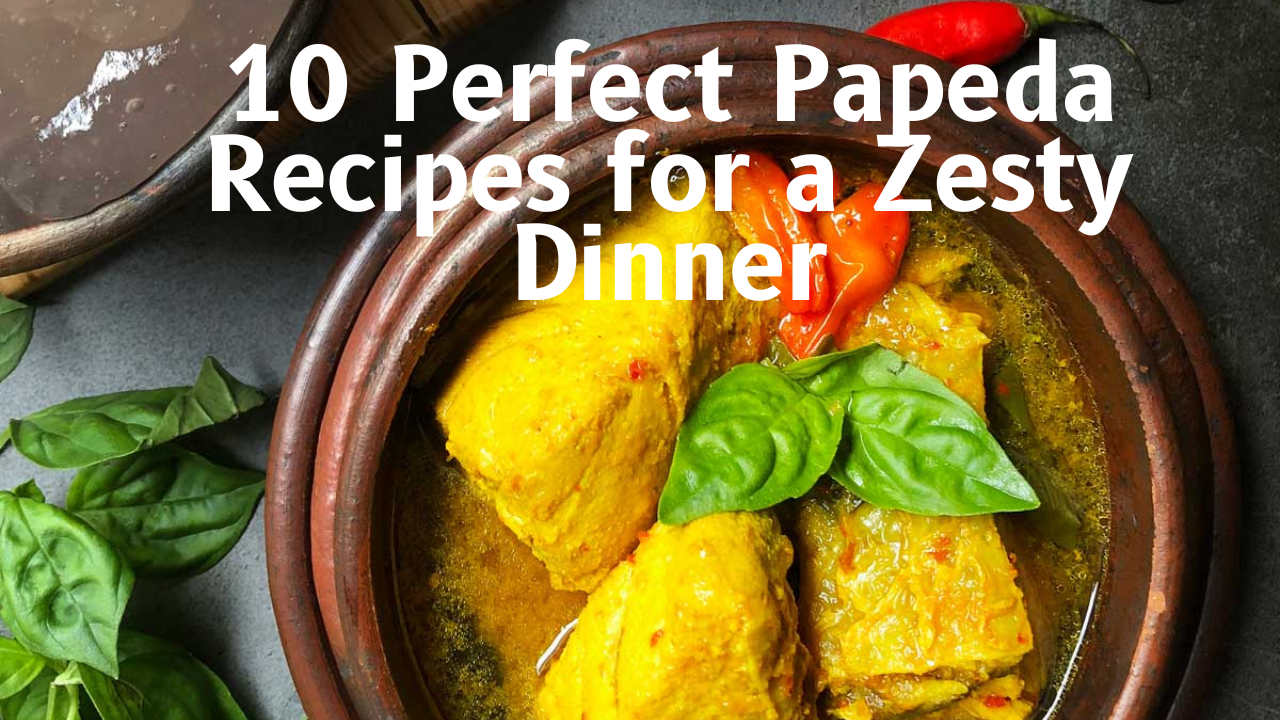
As a lover of Indonesian cuisine, I am thrilled to share some authentic papeda recipes with you. Papeda is a popular comfort food in Indonesia, known for its zesty flavors and comforting textures. If you want to taste authentic Indonesian cuisine, you must try this papeda recipe.
Papeda is a type of congee made from sago starch that is popular in eastern Indonesia, particularly Papua. This thick, porridge-like dish is frequently served as the main course, providing a filling and hearty meal. So grab your apron and let’s get started with the 10 Perfect Papeda Recipes for a Zesty Dinner.
Table of Contents
ToggleKey Takeaways:
Papeda is a popular Indonesian comfort food known for its zesty flavors and satisfying textures.
Papeda is a type of congee made with sago starch that is popular in eastern Indonesia.
Papeda has an extensive history and is deeply ingrained in Indonesian culture.
In the traditional preparation of papeda, sago starch is cooked until thick and creamy.
Papeda citrus adds a unique flavor to the dish, giving it a tangy taste. Read more such articles on Vantage Vista Blog
What is Papeda?
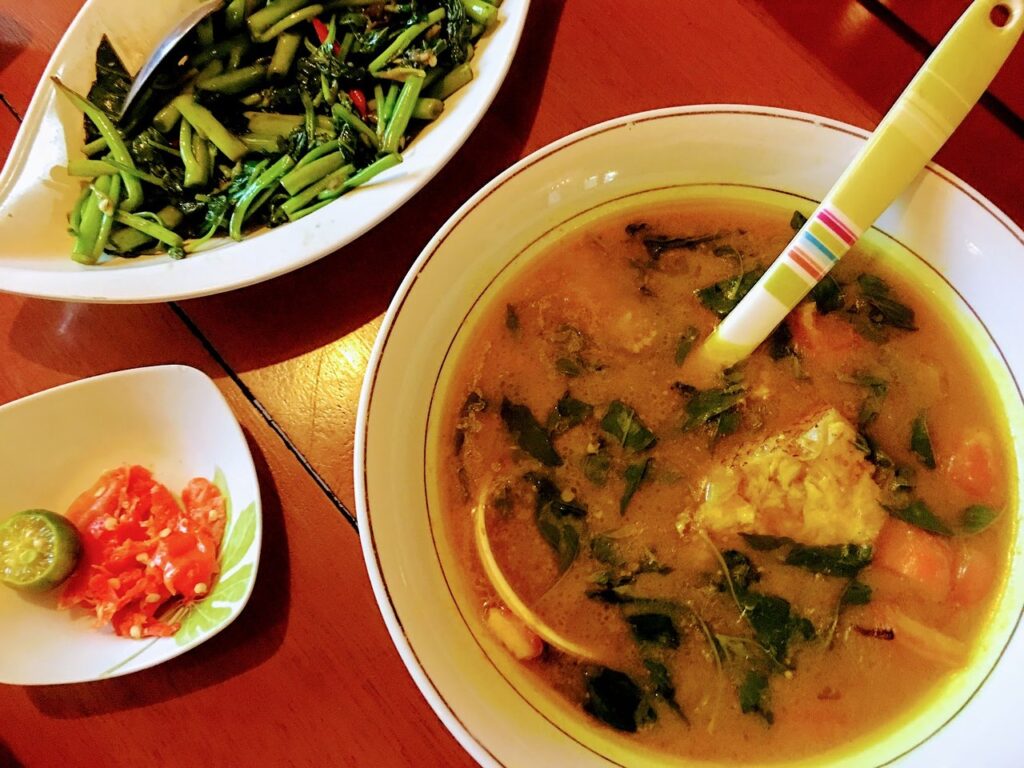
Papeda is a traditional Indonesian porridge made with sago starch. Papeda is a popular dish in eastern Indonesia, particularly in Papua, where it is frequently served as the main course.
This thick and creamy porridge-like dish is made by cooking sago starch with water, yielding a smooth and satisfying texture. Papeda is a popular dish in Indonesian cuisine, known for its satisfying flavor and ability to warm the soul.
The use of sago starch gives papeda a distinct consistency, resulting in a velvety and filling meal. Sago starch is made from the inner pith of the sago palm tree, which grows abundantly in eastern Indonesia. This starchy base is carefully cooked to create a delicious porridge.
Papeda is deeply ingrained in Indonesian culture, especially in Papua. This region is well-known for its diverse culinary traditions, and papeda is a particularly beloved dish. The people of Papua have mastered the art of preparing papeda while preserving its authentic flavors and textures.
Papeda, whether eaten on its own or with flavorful side dishes, is a quintessential Indonesian comfort food that reflects the region’s diverse tastes and culinary heritage. In the following section, we’ll look more closely at papeda’s origins.
10 Perfect Papeda Recipes for a Zesty Dinner
Papeda is a traditional dish from Indonesia’s Maluku Islands, especially popular in Ambon. It is a distinct type of porridge made from sago starch, with a texture similar to thick custard or glue. Papeda is often served alongside fish or other seafood dishes. Here are 10 Perfect Papeda Recipes For A Zesty Dinner.
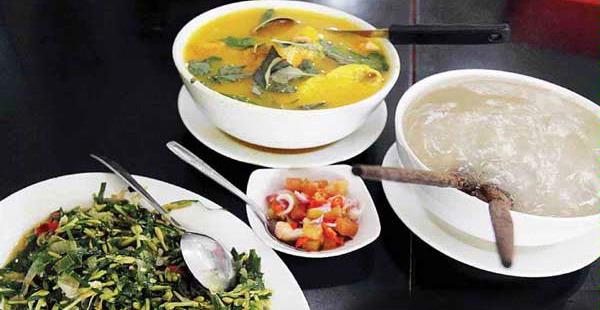
- Basic Papeda:
Mix sago starch with water to form a thick paste.
Boil water in a pot and slowly add the sago paste while stirring continuously until it thickens.
Continue to cook over low heat until the papeda reaches a smooth and thick consistency.
Serve hot with grilled fish or seafood.

2. Spicy Papeda:
Prepare the papeda following the basic recipe.
Add finely chopped chili peppers, garlic, and ginger to the boiling water before adding the sago paste.
Season with salt and pepper to taste for a spicy kick.
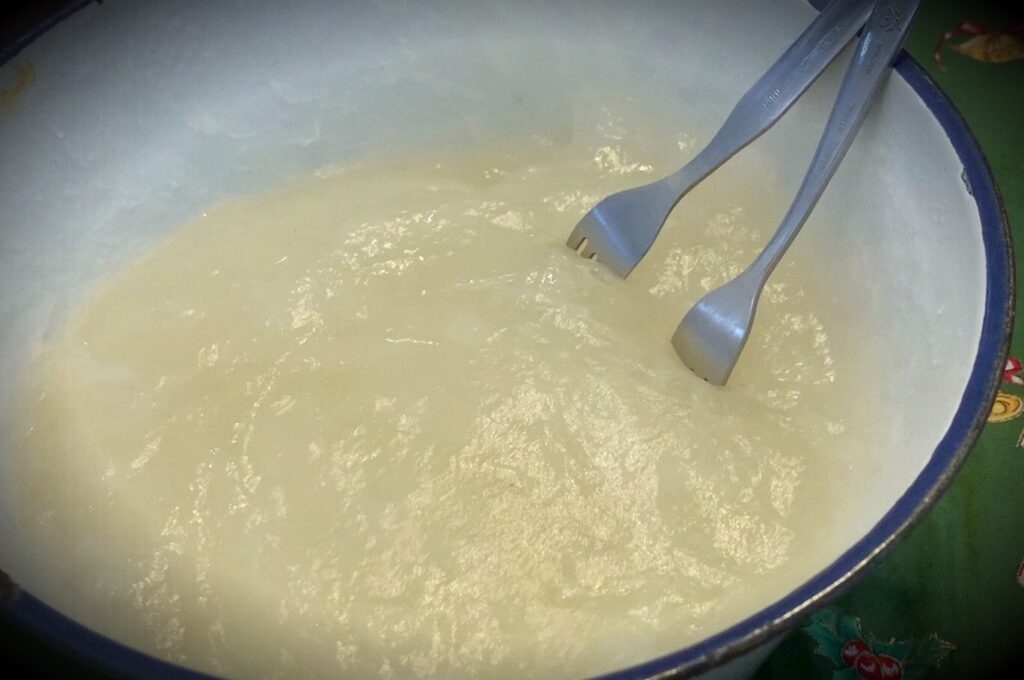
3. Coconut Milk Papeda:
Instead of using plain water, substitute part of it with coconut milk for a richer flavor.
Follow the basic papeda recipe but adjust the consistency with a mixture of coconut milk and water.
Serve with coconut milk-based fish or seafood curry for a delicious combination of flavors.
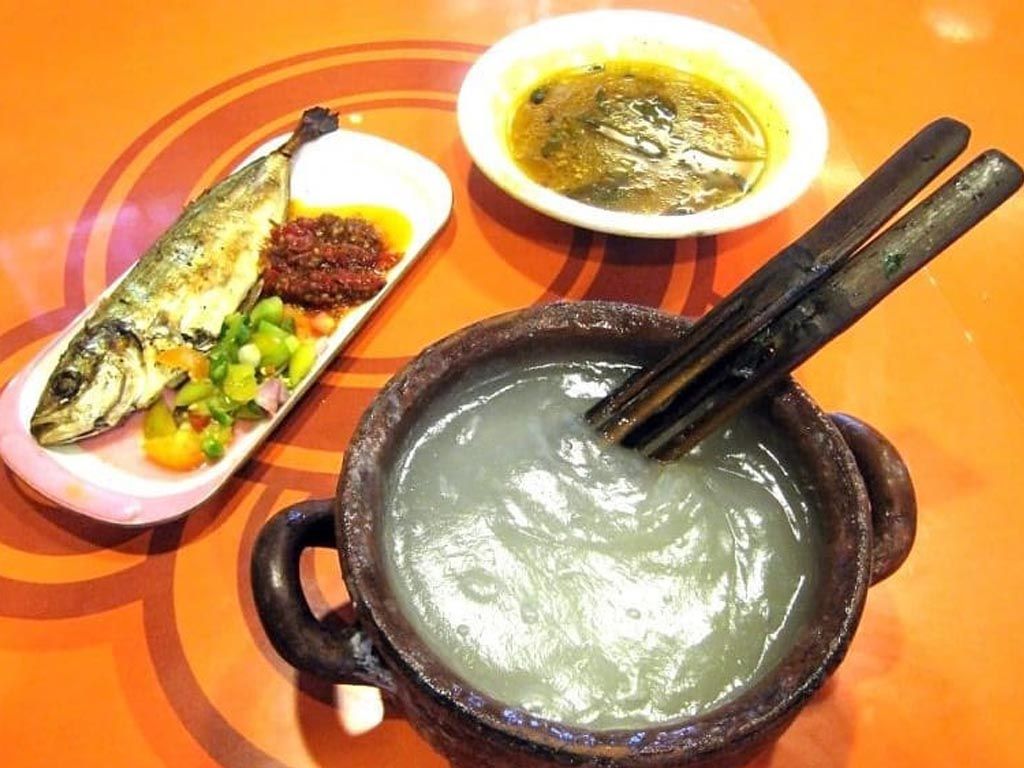
4. Papeda with Grilled Fish:
Grill or fry fish until cooked and set aside.
Prepare the papeda as usual and serve alongside the grilled fish.
Garnish with fresh lime juice and chopped herbs like cilantro or parsley for added freshness.
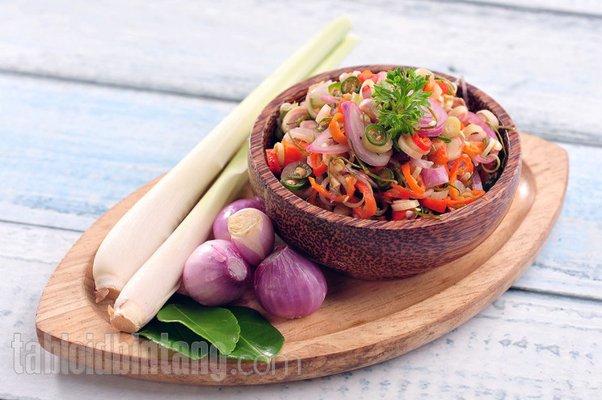
5. Papeda with Sambal Matah:
Sambal Matah is a traditional Balinese chili relish made with shallots, chili peppers, lemongrass, and lime juice.
Serve the papeda with a generous spoonful of Sambal Matah for a burst of flavor and heat.
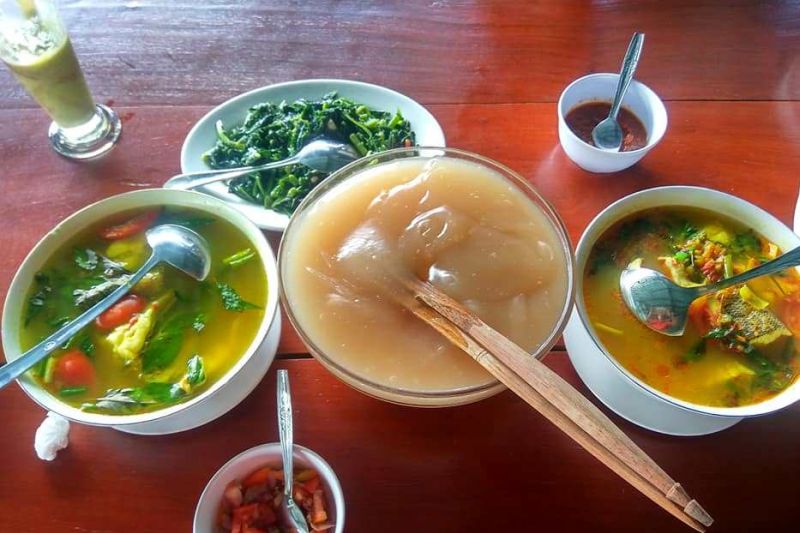
6. Papeda Soup with Vegetables:
Thin out the papeda by adding more water or broth to create a soup-like consistency.
Add diced vegetables such as carrots, spinach, and cabbage to the soup.
Season with salt, pepper, and your choice of herbs and spices for a hearty and nutritious meal.
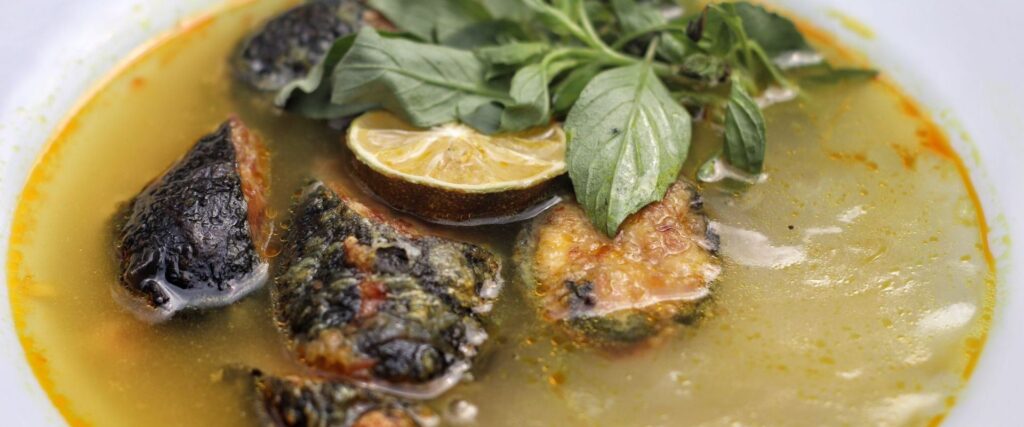
7. Papeda with Salted Fish:
Soak salted fish in water to remove excess salt, then cook until tender.
Serve the cooked salted fish with hot papeda for a simple yet satisfying meal.
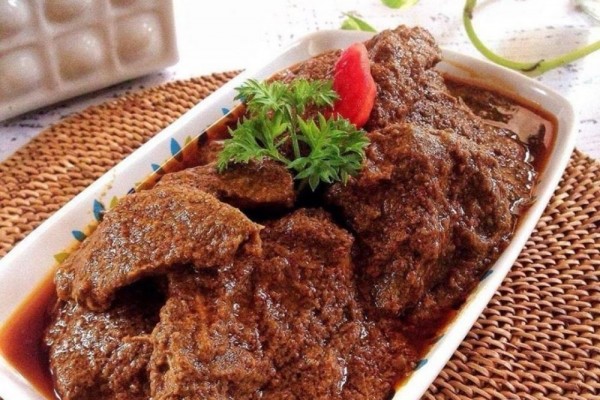
8. Papeda with Rendang:
Rendang is a flavorful Indonesian beef stew cooked with coconut milk and spices.
Serve the thick and creamy papeda with a generous serving of rendang for a rich and indulgent dish.
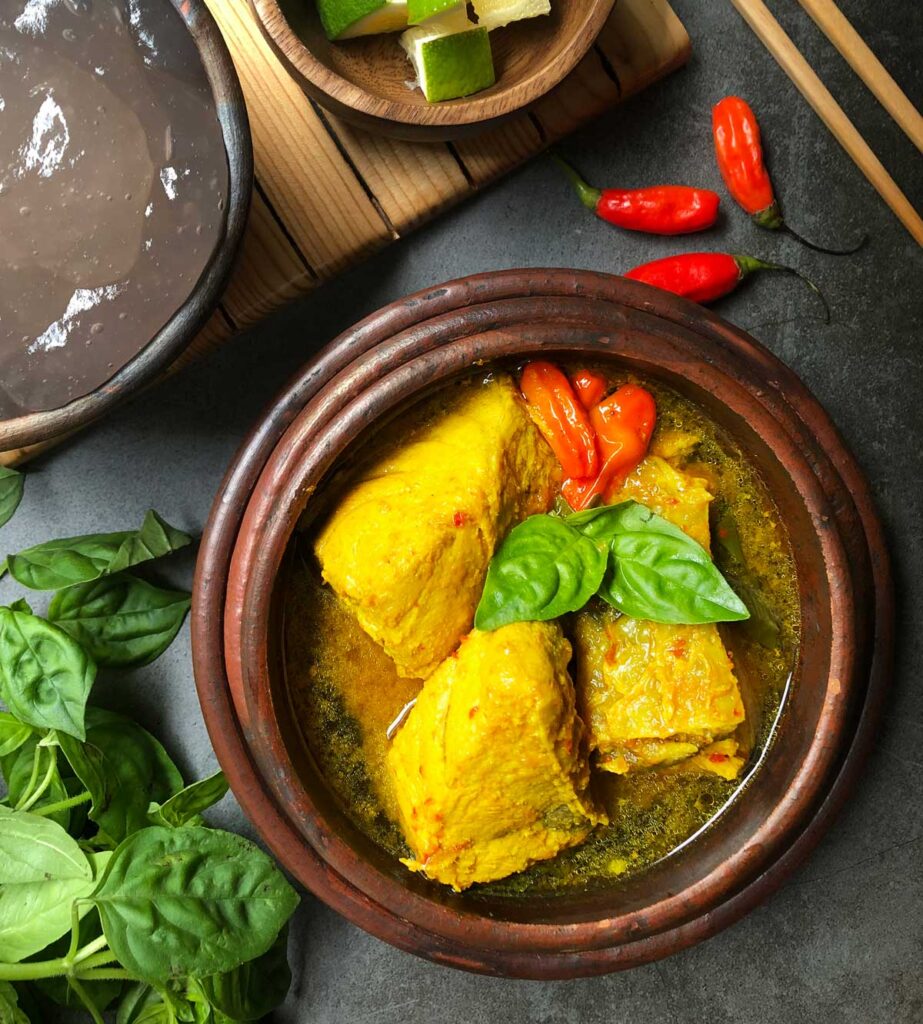
9. Papeda with Lemongrass Chicken:
Marinate chicken pieces with lemongrass, garlic, ginger, and spices, then grill or fry until cooked through.
Serve the lemongrass chicken alongside hot papeda for a fragrant and flavorful meal.
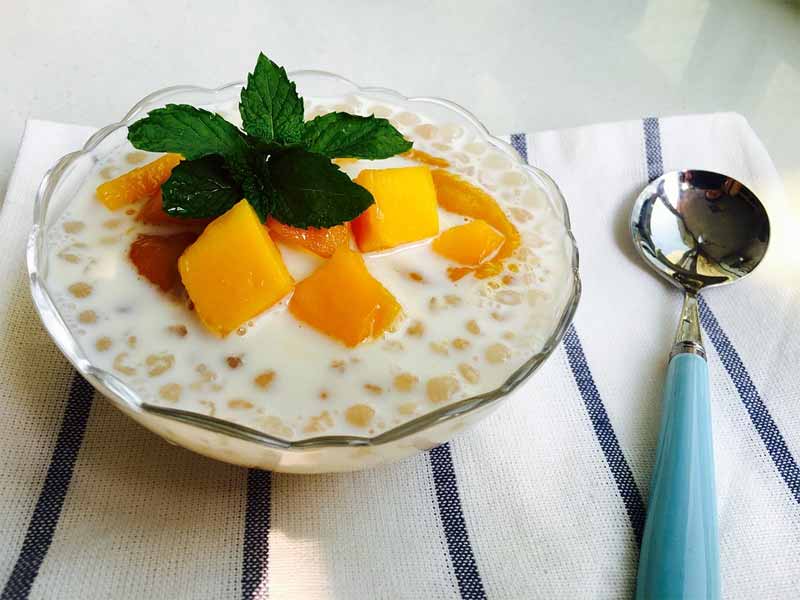
10. Papeda Dessert:
Sweeten the papeda with palm sugar or honey to taste.
Top with sliced fruits such as mangoes, bananas, or strawberries for a refreshing and satisfying dessert option.
These variations demonstrate papeda’s versatility, providing a variety of flavors and textures to suit different preferences and occasions. Have fun experimenting with these recipes and discovering your favorite way to eat this unique Indonesian dish.
Traditional Preparation of Papeda
Creating a delectable bowl of papeda involves a simple yet precise cooking method that highlights the unique qualities of sago starch, also known as bubur sagu. The result is a rich and creamy porridge-like dish, traditionally served alongside flavorful side dishes. Let me guide you through the traditional preparation process.
Cooking the Sago Starch
To start, bring water to a boil in a large pot. Gradually add the sago starch while stirring constantly to prevent lumps from forming. The starch will thicken the water, resulting in a smooth and thick consistency reminiscent of a creamy congee.
Continue cooking the mixture over medium heat for about 30 minutes, stirring occasionally. This cooking process allows the sago starch to fully absorb the water and develop its characteristic silky texture.
Rolling into Balls
Once the papeda reaches the desired thickness, remove it from the heat and let it cool slightly. The next step involves rolling the papeda into small balls using a fork.
Take a small amount of the thickened papeda mixture and use the fork to create round shapes. Gently press the fork against the mixture and roll it into a compact ball. The fork creates indentations on the surface, allowing the papeda to better hold the flavors of the accompanying side dishes.
Serving with Side Dishes
Traditionally, papeda is served separately from the side dishes. This presentation allows the papeda to act as a neutral canvas that effortlessly absorbs the flavors of the accompanying dishes.
Common side dishes often include succulent red snapper or refreshing slices of ichang, a citrus fruit native to Indonesia. The side dishes are often placed alongside the rolled papeda balls, creating a colorful and enticing plate.
“The cooking method aims to create a thick and creamy texture that complements the bold flavors of the side dishes, resulting in a harmonious gastronomic experience.”
Health Benefits of Papeda
Apart from its delicious taste, papeda offers several health benefits. The citrus in papeda is rich in vitamins A and C, which help strengthen the immune system and reduce inflammation. It also contains potassium, which helps balance fluid levels within the body and supports overall wellbeing.
1. Rich in Vitamin C and Antioxidants:
Ichang Papeda is high in vitamin C, antioxidants, and other nutrients that promote overall health.
Nutritious and Low in Cholesterol:
Papeda is high in fiber and low in cholesterol, making it a nutritious addition to a healthy diet. It contains important nutrients like protein, carbohydrates, calcium, phosphorus, and iron.
Boosts Immunity and Endurance:
Regular consumption of papeda can boost immunity and endurance, lower the risk of colon cancer, and improve lung health. Its nutritional value makes it an excellent addition to a healthy diet.
Source of Protein and Calcium:
Papeda contains protein to support muscle health, calcium to strengthen bones, and iron to transport oxygen through the bloodstream. These nutrients are vital to overall health and well-being.
Fiber-Rich and Nutritious:
Papeda is high in fiber, which benefits digestion, cholesterol levels, and overall well-being. Its nutritional profile makes it an excellent supplement to a healthy diet.
These health benefits highlight papeda’s nutritional value in various recipes, demonstrating its ability to contribute to a balanced and wholesome diet while also providing unique flavors and textures that make it a versatile ingredient in Indonesian cuisine.
Papeda in Traditional Medicine
Papeda citrus, a key ingredient in the traditional Indonesian dish papeda, has long been known to have medicinal properties in traditional Chinese medicine. Papeda citrus is thought to have numerous health benefits due to its high vitamin and antioxidant content.
Papeda citrus’s medicinal properties make it a popular treatment for common colds and digestive problems. The citrus fruit’s high vitamin C content strengthens the immune system and relieves cold symptoms. Papeda citrus is also known to promote healthy digestion and relieve digestive issues.
In some cultures, unwashed papeda citrus is used as a natural treatment for a variety of ailments. The fruit’s potent properties are thought to reduce inflammation, promote detoxification, and improve overall well-being.
10 Perfect Papeda Recipes for a Zesty Dinner Summary
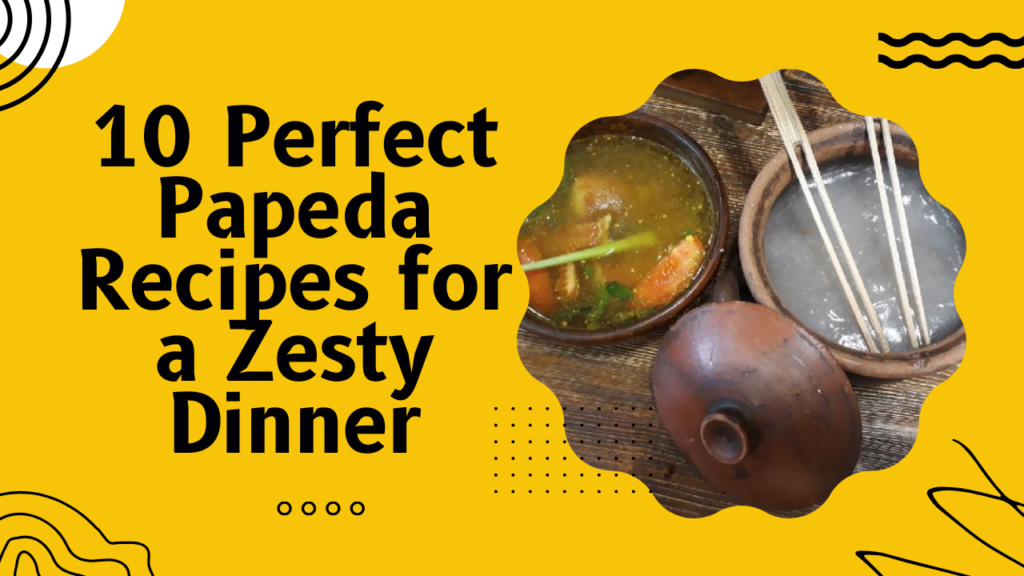
In conclusion, papeda is a traditional Indonesian dish that offers a delightful and zesty dining experience. Whether enjoyed with papeda citrus or paired with various side dishes, the flavors and textures of papeda are sure to impress. The combination of the thick and creamy sago congee with the tangy papeda citrus creates a burst of flavors that tantalize the taste buds.
Indonesian cuisine is known for its rich and diverse flavors, and papeda is no exception. The unique preparation method of cooking sago starch until it reaches a velvety consistency adds a comforting element to the dish. Its origins in Papua and its spread to other regions of Indonesia have made it a beloved part of the local culinary tradition.
If you’re looking to explore the authentic flavors of Indonesian cuisine, I highly recommend trying this papeda recipe. It embraces the essence of Indonesian comfort food and allows you to savor the fresh, unique flavors that make papeda a cherished dish in Indonesian households. Discover the vibrant and zesty world of papeda and indulge in a truly satisfying dining experience.
10 Perfect Papeda Recipes for a Zesty Dinner FAQ
Papeda is a type of congee made from sago starch, commonly found in eastern Indonesia, particularly in Papua. It is a thick porridge-like dish that is often served as a main course.
Papeda is believed to have originated in Papua and later spread to other regions of Indonesia, such as Maluku. It has become a beloved part of the local cuisine in these areas.
Papeda is made by cooking sago starch with water until it becomes thick and creamy. It is often served separately from the side dishes, such as red snapper or ichang (a citrus fruit). The sago congee is typically rolled into balls using a fork and then dipped into the accompanying dishes.
Papeda citrus is a type of citrus fruit often used to accompany papeda. It adds a unique tangy flavor to the dish. Papeda citrus is traditionally sliced and served alongside the papeda congee. Its distinct flavor enhances the overall dining experience.
Papeda provides several health benefits. The citrus in papeda is rich in vitamins A and C, which help strengthen the immune system and reduce inflammation. It also contains potassium, which helps balance fluid levels within the body and supports overall wellbeing.
Sago is the main ingredient in papeda, derived from the sago palm tree. It is a popular starch used in various Indonesian dishes. The cream-colored seeds of the sago palm tree are processed to create the sago starch, which forms the base of papeda.
Yes, papeda has regional variations across Indonesia. In central and western parts of Indonesia, such as Sulawesi, variations of papeda can be found. It is also a traditional dish in Papua New Guinea, with each region having its own unique twist on the recipe.
Papeda citrus is traditionally used in traditional Chinese medicine for its medicinal properties. It is believed to help with common colds and digestive issues. In some cultures, unwashed papeda citrus is used as a natural remedy for various ailments.
Papeda is often enjoyed with a variety of side dishes in Indonesian cuisine. Popular pairings include Tumis Kangkung (stir-fried water spinach) and Sayur Bunga Pepaya (papaya flower soup). These dishes complement the flavors and textures of papeda, creating a well-rounded meal.
Melinjo leaves are another traditional ingredient that can be found with papeda. These leaves are used to make a yellow broth, often paired with fish. The combination of melinjo leaves and papeda adds a unique flavor profile to the dish.

Leave a Reply